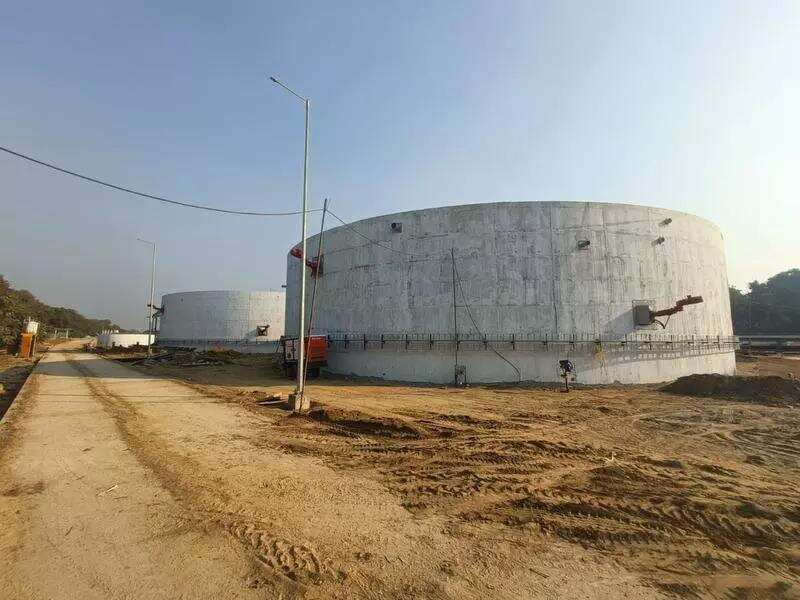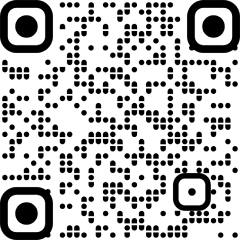- Oil & Gas
- 4 min read
CPCB reclassifies CBG/Bio-CNG plants under revised Pollution Index-based norms; issues directions to states for implementation
The decision, formalised through a circular dated March 25, 2025, was taken under the powers granted by Section 18(1)(b) of the Water (Prevention and Control of Pollution) Act, 1974 and the Air (Prevention and Control of Pollution) Act, 1981.
The reclassification is part of CPCB’s larger exercise under its new “Classification-2025” framework, which applies a uniform methodology across 419 industrial sectors in the country. The new methodology assigns equal weightage to pollution loads arising from water, air, and hazardous waste. In this revised framework, 125 sectors have been placed under the Red category, 137 under Orange, 94 under Green, 54 under White, and 9 under a newly introduced Blue category. The Blue category has been added to specifically account for essential environmental services required to manage anthropogenic pollution linked to domestic or household activities that may otherwise result in significant littering potential.
Compressed Biogas plants, previously classified under different categories, have now been revisited and divided into five sub-sectors for assessment. The CPCB committee, which met on March 17, 2025, reviewed representations received from industry stakeholders and evaluated feedstock materials, by-product generation, and wastewater discharge levels before finalising the reclassification.
According to the new classification, CBG plants using municipal solid waste (MSW), agro-residues, energy crops, grass, weeds, animal waste, press mud, and other non-industrial feedstock—while generating wastewater of 50 KLD or more—have been assigned a Pollution Index score of 82.5 and placed under the Blue category. A similar classification has been applied to plants using the same feedstock but generating less than 50 KLD of wastewater, which scored 79.0 on the Pollution Index.
Plants that do not discharge any wastewater and use non-industrial feedstock, while producing by-products such as Fermented Organic Manure (FOM), Liquid Fermented Organic Manure (LFOM), enriched manure, or briquettes or pellets using fuel, have been scored at 60.0 and placed under the Blue category as well.
Plants that operate without discharging wastewater and generate similar by-products, but use electricity to produce briquettes or pellets, have been given a lower Pollution Index score of 20.0 and are placed under the White category. This classification reflects lower environmental impact and operational emissions.
On the other hand, CBG plants using industrial or process waste as feedstock have received a Pollution Index score of 82.5 and have been categorised as Red. This category includes activities with higher pollution potential and a greater need for monitoring and regulatory control.
All plants are required to comply with the Environmental Guidelines for Compressed Biogas (CBG)/Bio-CNG plants and household bio-digesters, as amended by CPCB from time to time. In addition, plants producing FOM and LFOM must operate in accordance with Gazette Notification No. 2051 dated July 14, 2020, and No. 1972 dated June 1, 2021, as well as the Fertilizer Control Order, 1985.
The CPCB, in its directive, stated that the reclassification was essential to address environmental concerns associated with the growing number of CBG plants and to streamline regulatory oversight based on pollution load. The revised categorisation was necessitated by the rise in different feedstock types, wastewater discharge practices, and emerging by-product applications that were not adequately covered under the previous classification norms.
The official communication stated that the new classification was based on the committee’s detailed assessment of representations and environmental impact data. He said that CBG plants based on MSW, agro-residue, and non-industrial feedstock have high littering potential and therefore warranted careful categorisation under the new Blue framework.
The new classification will be used by SPCBs and PCCs to determine the regulatory regime applicable to different types of CBG/Bio-CNG plants, including consent requirements, environmental monitoring, and compliance obligations. It also aligns with CPCB’s broader goal of enhancing uniformity in pollution control norms across states and ensuring that classification reflects current industrial practices and environmental performance.
The Classification-2025 norms, under which this reclassification has been issued, were introduced earlier this year to modernise the assessment of industrial sectors and improve environmental governance. The revised framework is expected to serve as a foundation for future regulatory updates and capacity-building initiatives across India's pollution control institutions.




COMMENTS
All Comments
By commenting, you agree to the Prohibited Content Policy
PostBy commenting, you agree to the Prohibited Content Policy
PostFind this Comment Offensive?
Choose your reason below and click on the submit button. This will alert our moderators to take actions